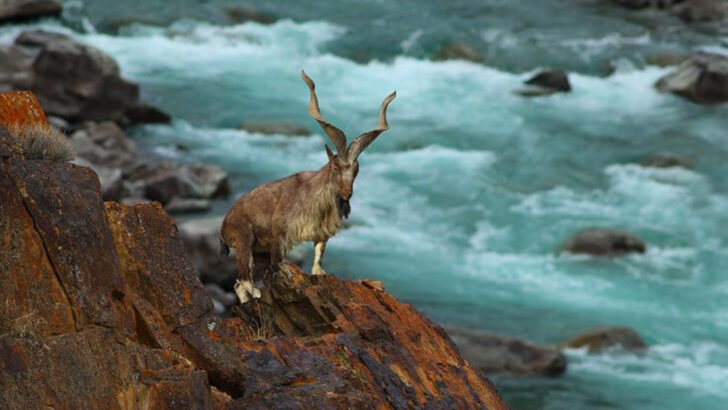With horns like twisted sabers and the agility of a mountain ghost, the markhor doesn’t just walk through cliffs—it owns them. This majestic wild goat, crowned in spirals of bone, rules the rocky peaks of Central Asia like a creature from myth. And yet, the markhor is real—and more awe-inspiring than you might expect. It can climb ledges the width of your hand. It’s survived extinction. It even has a name that means “snake eater.” Yes, snake eater. Once nearly lost to poaching, the markhor is now making a comeback—and along the way, it’s helping save snow leopards, inspire legends, and remind us that some wild kings still reign. Let’s meet the twisted-horned wonder that’s earned its throne.
Those Horns Can Reach Over 5 Feet Long
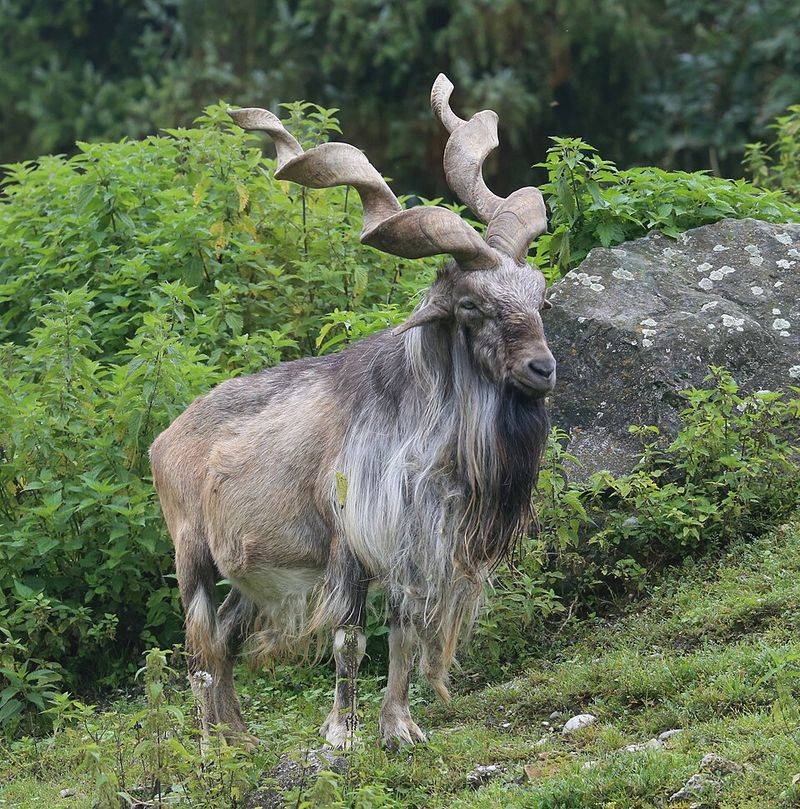
The Markhor, known for its exceptional horns, boasts a spiraling set that can extend beyond 60 inches—longer than many traditional swords. These imposing horns aren’t just for show; they serve a critical role during the mating season. Male Markhors engage in dramatic battles using their horns to vie for dominance and win over potential mates. The sheer length and intricate twists of these horns make them a symbol of power and virility in the animal kingdom, showcasing nature’s ability to craft designs that are both beautiful and functional.
Their Name Means ‘Snake-Eater’
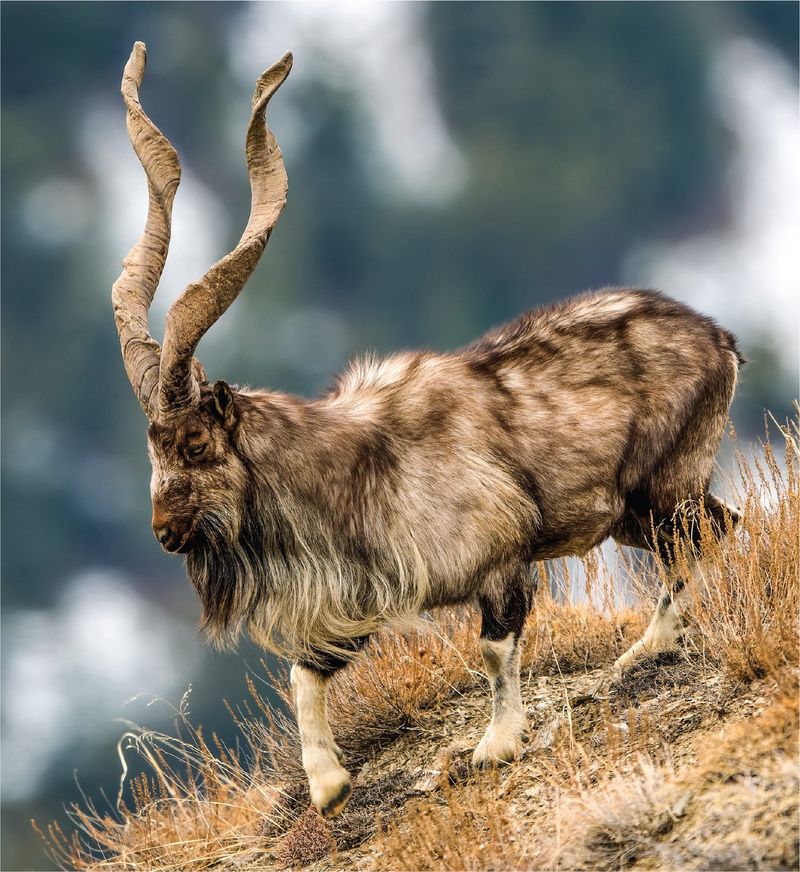
Though the Markhor’s name translates to ‘snake-eater’ in Persian, they don’t actually dine on serpents. Instead, legends tell of their mythical ability to kill snakes and chew specific leaves to produce an antidote for venom. This fascinating folklore adds a layer of mystique to the Markhor, painting it as a creature of myth and legend. While science doesn’t back these claims, the cultural tales have cemented the Markhor’s reputation as more than just a mountain goat, but a hero of the highlands.
They Can Climb Vertical Cliffs Like Pros
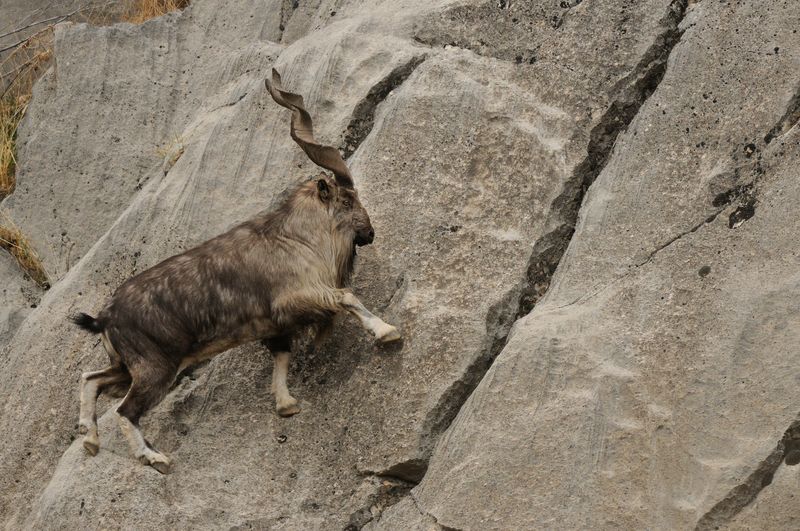
Markhors are incredibly adept climbers, equipped with strong hooves and an innate sense of balance that allow them to navigate vertical cliffs with ease. Living in rugged, mountainous terrains, these skills are essential for survival, providing them with access to food and refuge from predators. Their climbing prowess is not just a marvel of nature but a necessity, showcasing their adaptation to some of the harshest environments on the planet. This ability to maneuver through such challenging landscapes is a testament to their evolutionary success.
Males Grow an Epic Beard
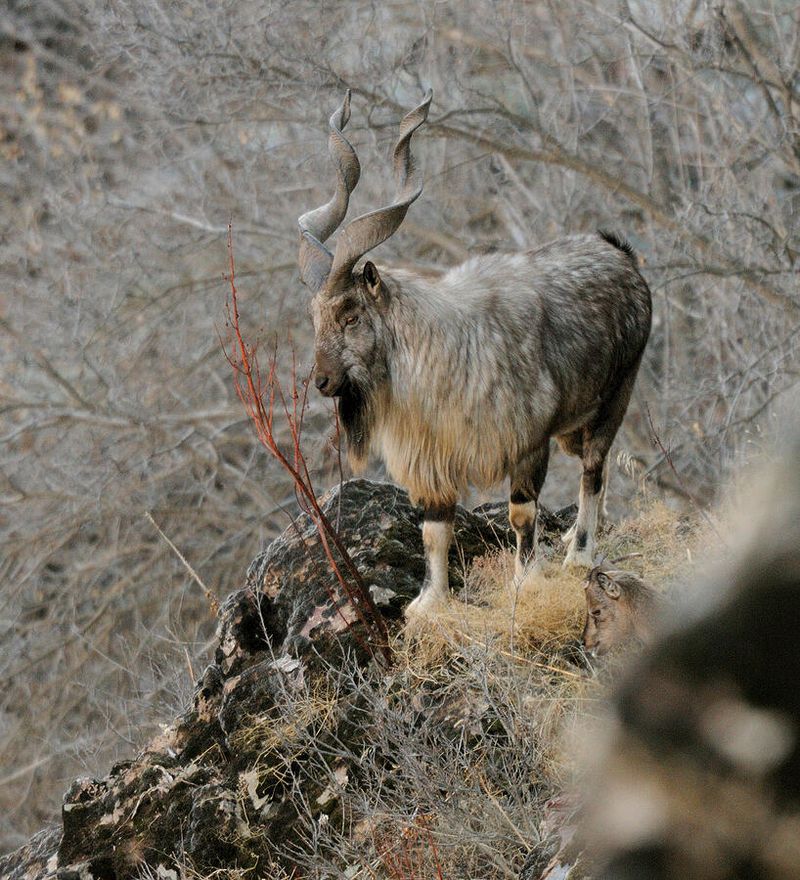
Beyond their horns, male Markhors are distinguished by their impressive beards. These flowing facial adornments add to their regal appearance, contributing to their moniker as the ‘King of the Mountains.’ The beard’s growth is not just for aesthetics; it plays a role in attracting mates and establishing dominance among rivals. This feature, combined with their horns, creates a striking silhouette against the mountainous horizon, further enhancing their majestic presence in their natural habitat.
They’re a Conservation Success Story
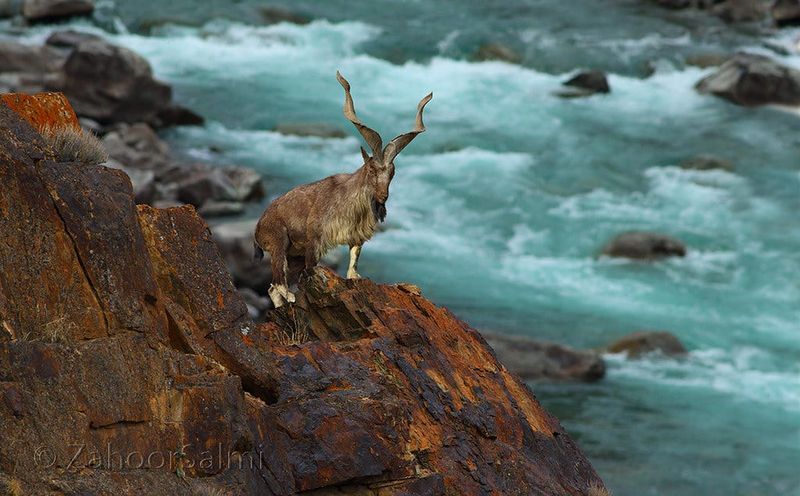
Once on the brink of extinction, the Markhor’s story is a triumphant tale of conservation success. Through focused community-based protection efforts, particularly in Pakistan, Markhor populations have made a remarkable recovery. These initiatives have not only safeguarded the Markhor but have also raised awareness about the importance of biodiversity and habitat preservation. The resurgence of the Markhor is a shining example of how coordinated conservation can revive a species, turning them from a symbol of loss into one of hope and resilience.
They’re Surprisingly Shy
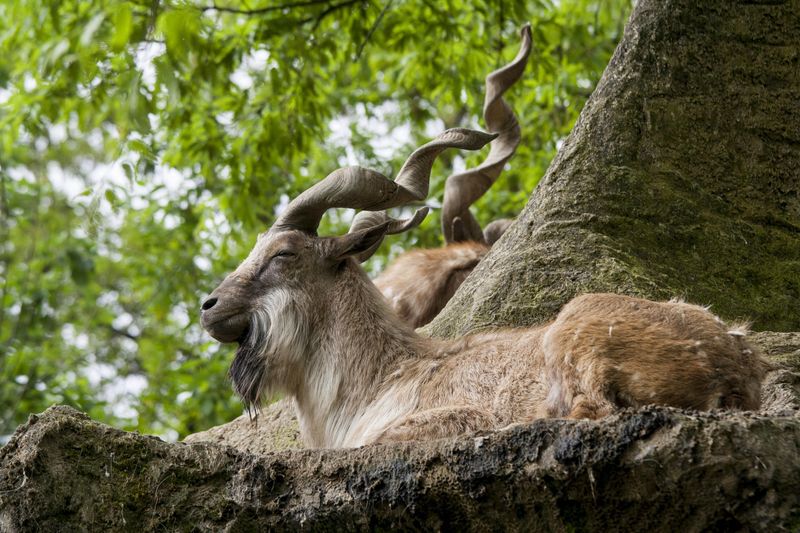
Despite their formidable appearance, Markhors are surprisingly shy creatures. They prefer the quiet solitude of dawn and dusk, times when they venture out to feed and move with minimal disturbance. This elusive nature helps them avoid predators and human interaction, leading to their reputation as one of the more timid inhabitants of the mountainous regions. The Markhor’s gentle shyness is a stark contrast to its bold physical characteristics, adding depth to its enigmatic personality in the wild.
They Do a ‘Snake Dance’ During Fights
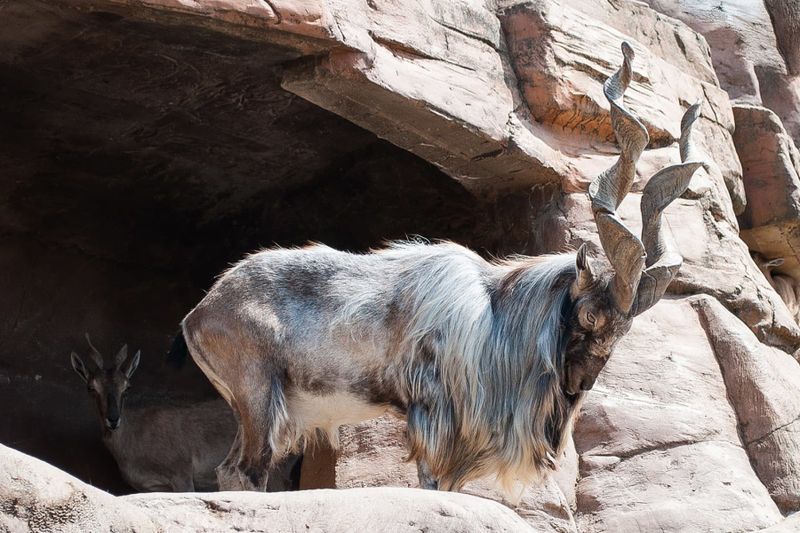
During mating season, male Markhors engage in a fascinating spectacle known as the ‘snake dance.’ This ritual involves a slow, spiraling movement that mirrors the coiling of a snake, leading up to the dramatic clash of horns. This behavior not only showcases their physical prowess but also ties back to their mythical association with snakes. The snake dance is a captivating display of strength and strategy, highlighting their unique mating rituals and the evolutionary traits that have been passed down through generations.
They’re National Symbols
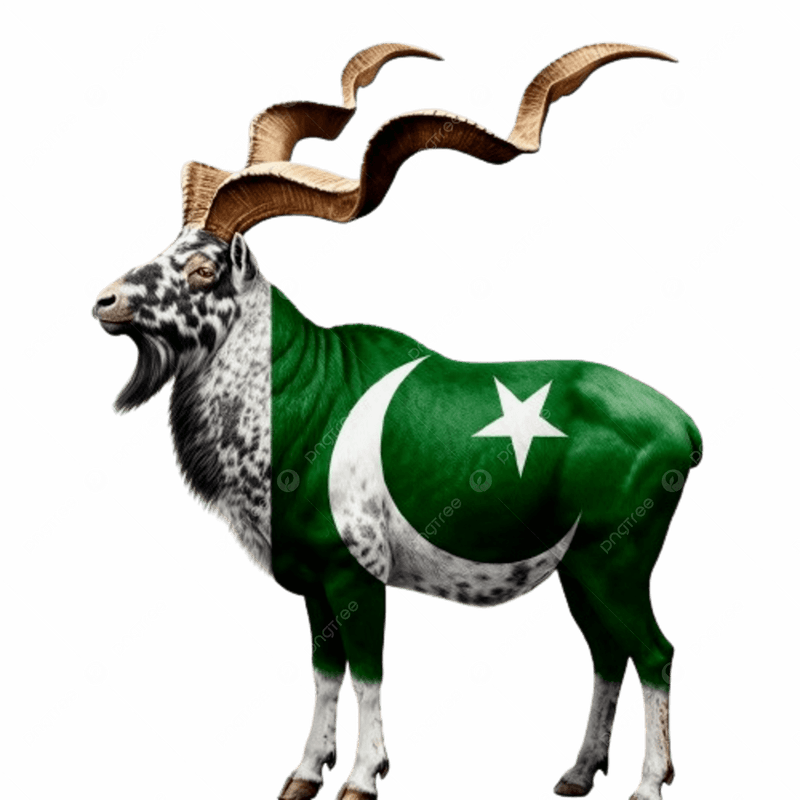
The Markhor holds a place of honor as the national animal of Pakistan. This designation is a testament to its resilience and symbolic strength, representing the country’s diverse wildlife and natural beauty. As a national symbol, the Markhor embodies traits of agility, survival, and dignity, resonating with the spirit of the nation. Its image is not only a source of pride but also a reminder of the importance of conserving the unique wildlife that graces the mountainous terrains of Central Asia.

